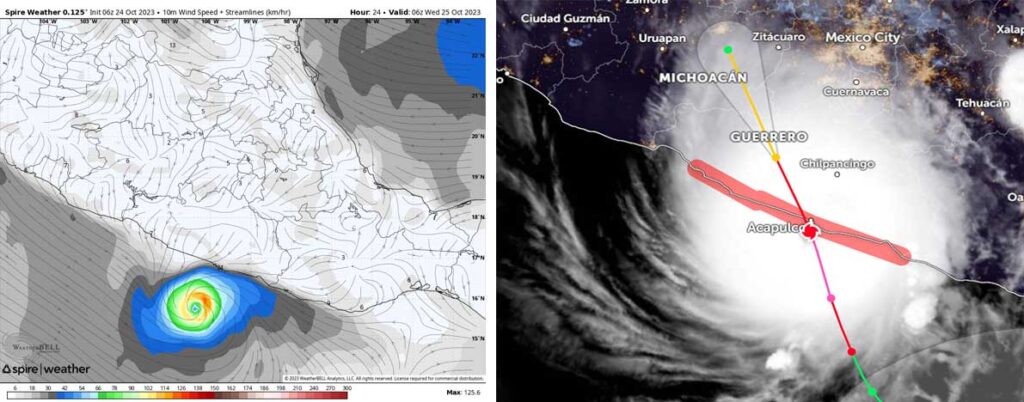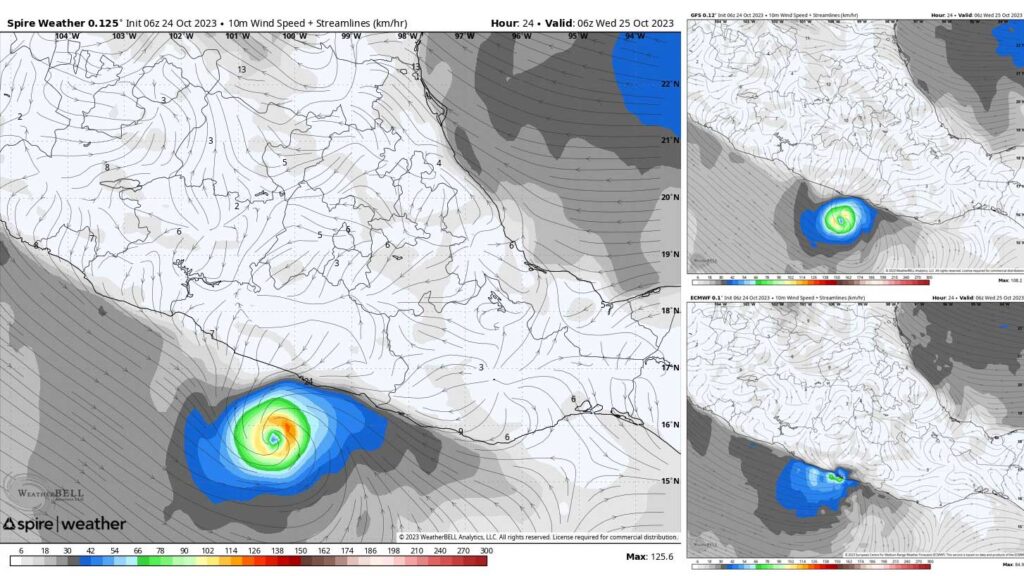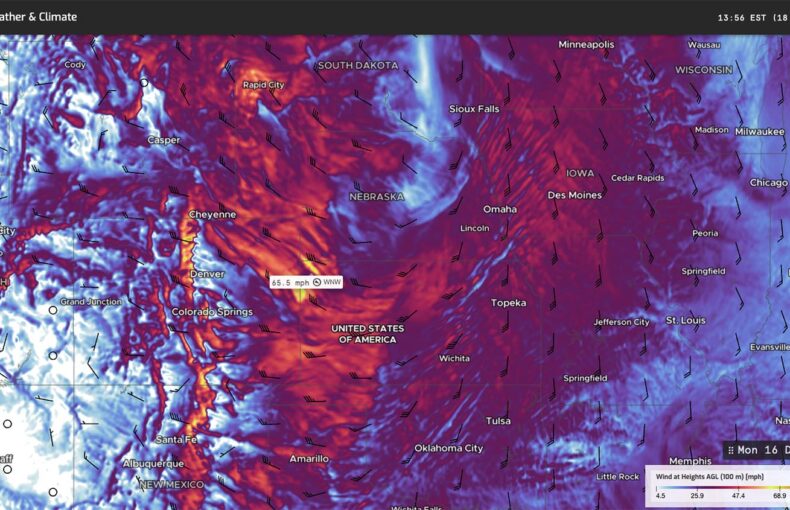Hurricane Otis: Rapid intensification and climate change
On October 24th, Hurricane Otis underwent a rapid intensification phase right before hitting the vicinity of Acapulco, Mexico, setting a record for the speed at which the storm strengthened.
“Spire’s global forecasts powered by our proprietary radio occultation data produced a stronger Hurricane Otis than other models. Most weather models completely missed this rapid intensification, leaving those in its path unprepared. Spire continues to build on our robust and industry-setting radio occultation capabilities to improve global forecasting models. Our emerging microwave sounders will only help make forecasts better for the industry in a world increasingly impacted by climate change,” says Mike Eilts, General Manager of Spire’s Weather and Earth Intelligence Team.
As The Atlantic reported, Otis’s explosive intensification caught many weather models off guard. New weather models like Spire’s satellite-based solutions are needed to warn of impending storm escalations. Climate change will continue to create weather patterns that leave many unprepared.
The Category 5 storm, which increased in wind speed by 115-mph in just 24 hours, is only the second storm to intensify so rapidly. Hurricane Patricia, increased by 120-mph in 24 hours in 2015.

Spire’s forecasting for Hurricane Otis vs. the satellite view as the storm reached landfall.
Unlike hurricane Patricia, Otis did not weaken before making landfall. Otis is the strongest landfalling Pacific hurricane on record, battering the resort city of Acapulco.
Most weather models missed the rapid intensification, leaving those in its path unprepared. Spire’s analysis reveals that our global forecasts powered by our proprietary radio occultation data produced a stronger hurricane than other models.
Spire continues to build on our robust and industry-setting radio occultation to improve global forecasting models. Our emerging microwave sounders will only help make forecasts better for the industry in a world of climate change driven rapid intensification of storms.

Spire, ECWF, and GFS weather models. Spire’s showing the rapid intensification of hurricane Otis.
“Spire’s emerging microwave sounders will only help make forecasting better for the industry in a world increasingly impacted by climate change,” adds Tom Gowan, Lead of Data Assimilation and Modeling at Spire.
 Written by
Written by


